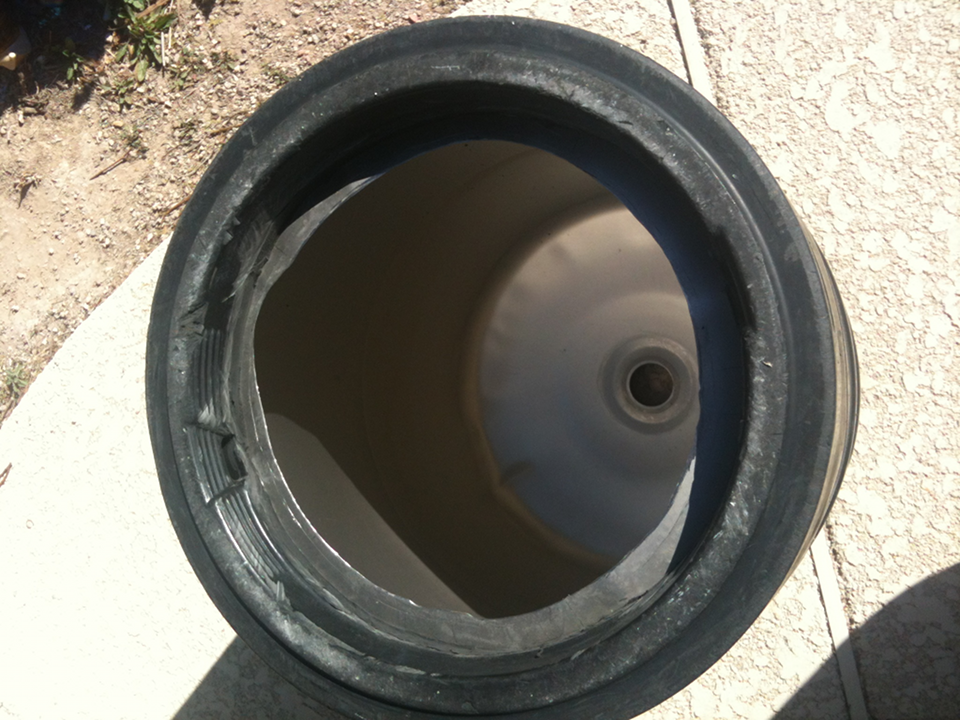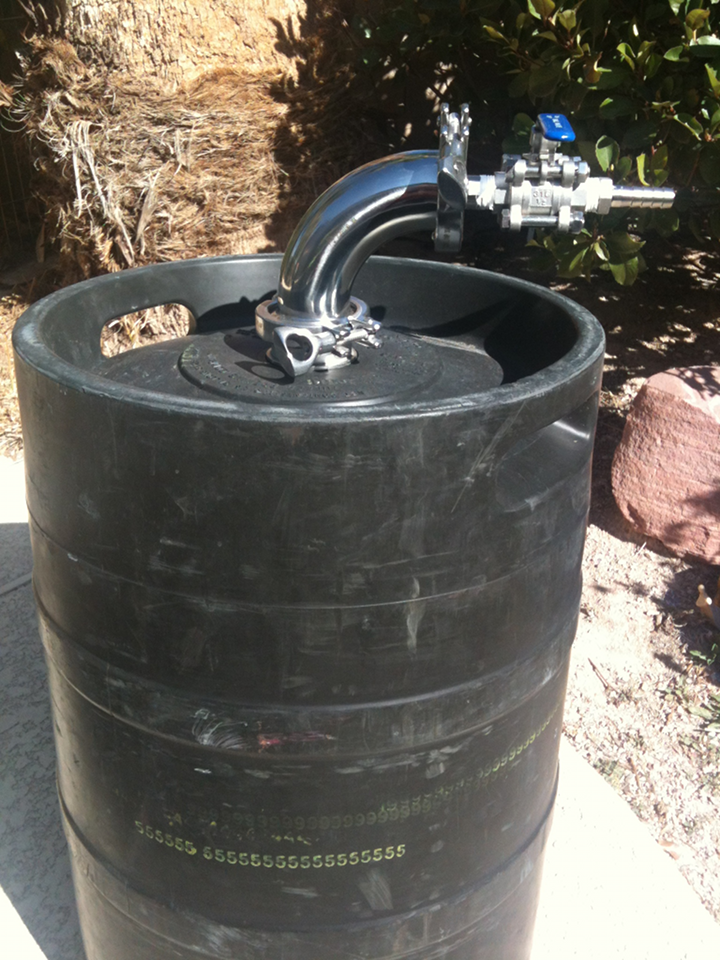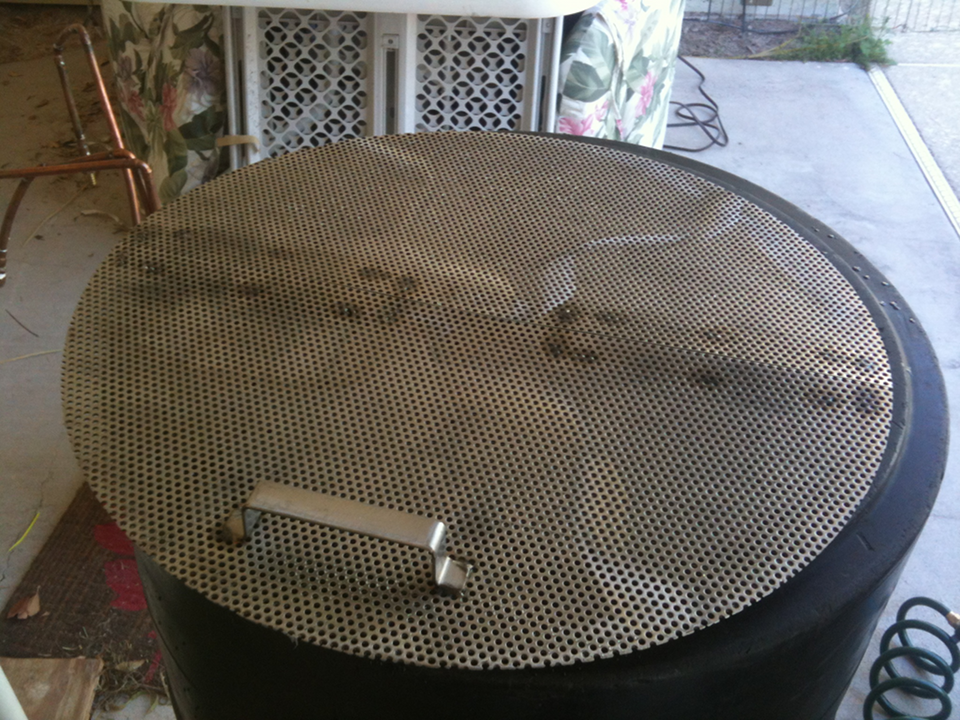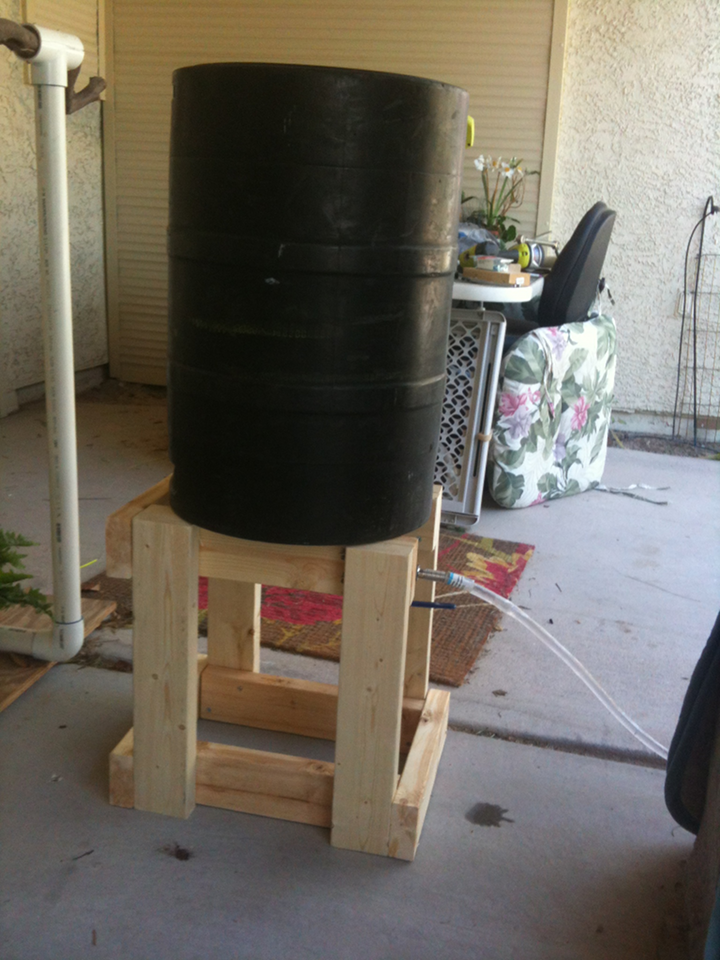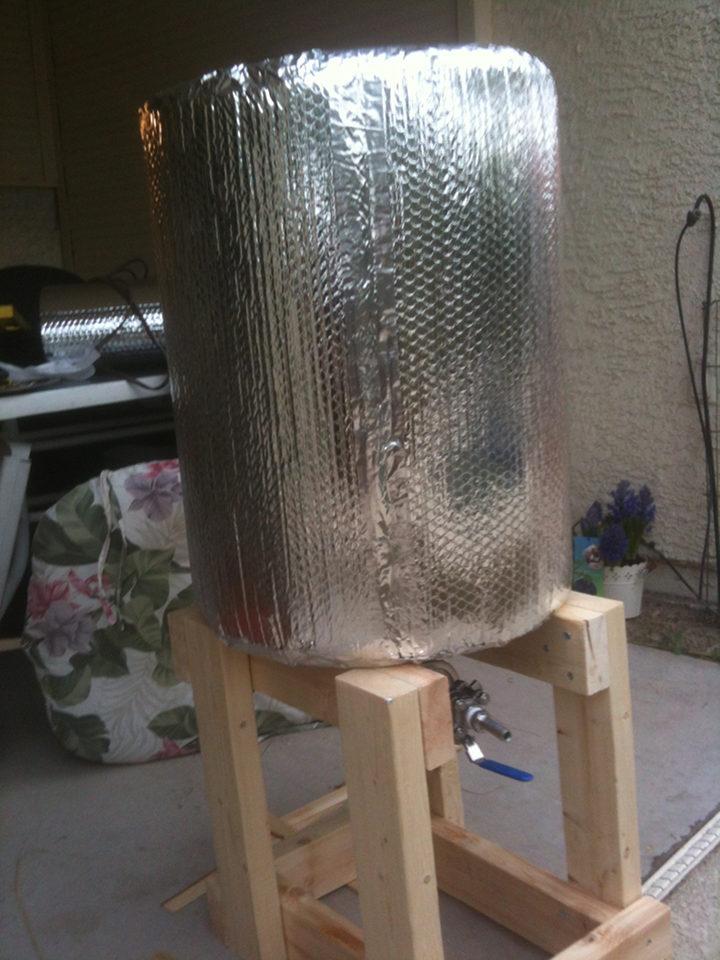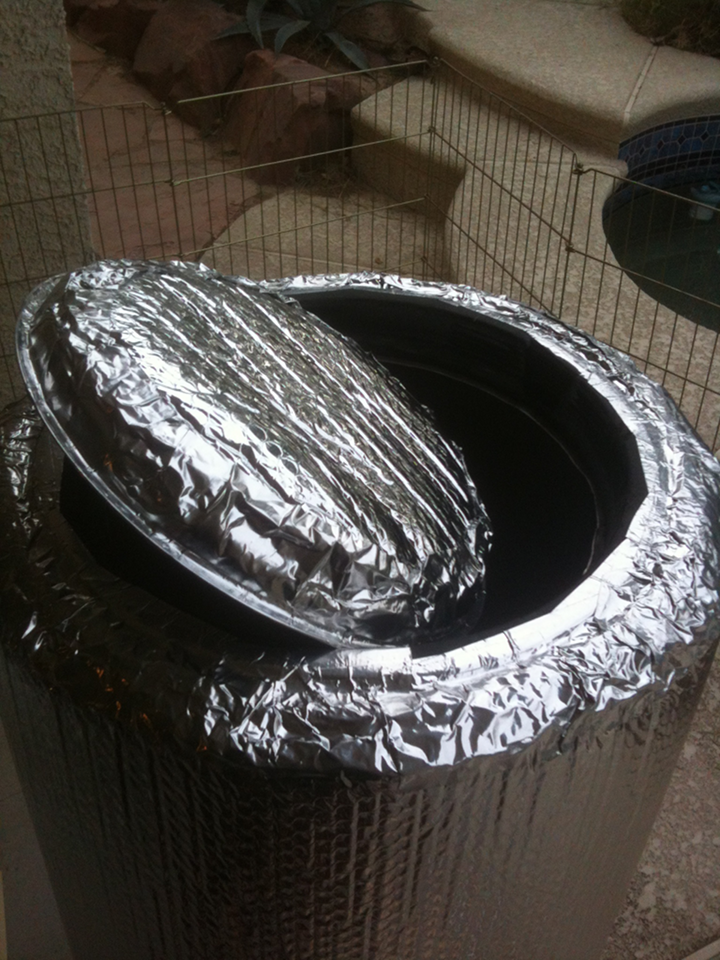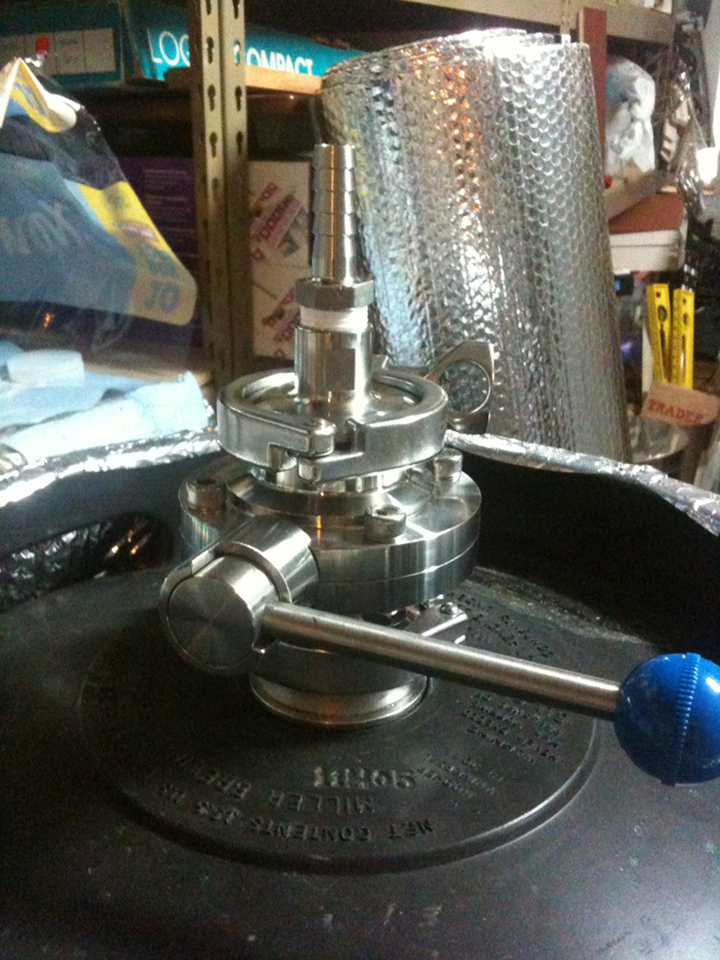Picked this up from ebay (yes, the seller said it was decommissioned)  :
:

Turned it upside-down, and went at it with a combination of angle grinder, sawsall, and dremel tool:
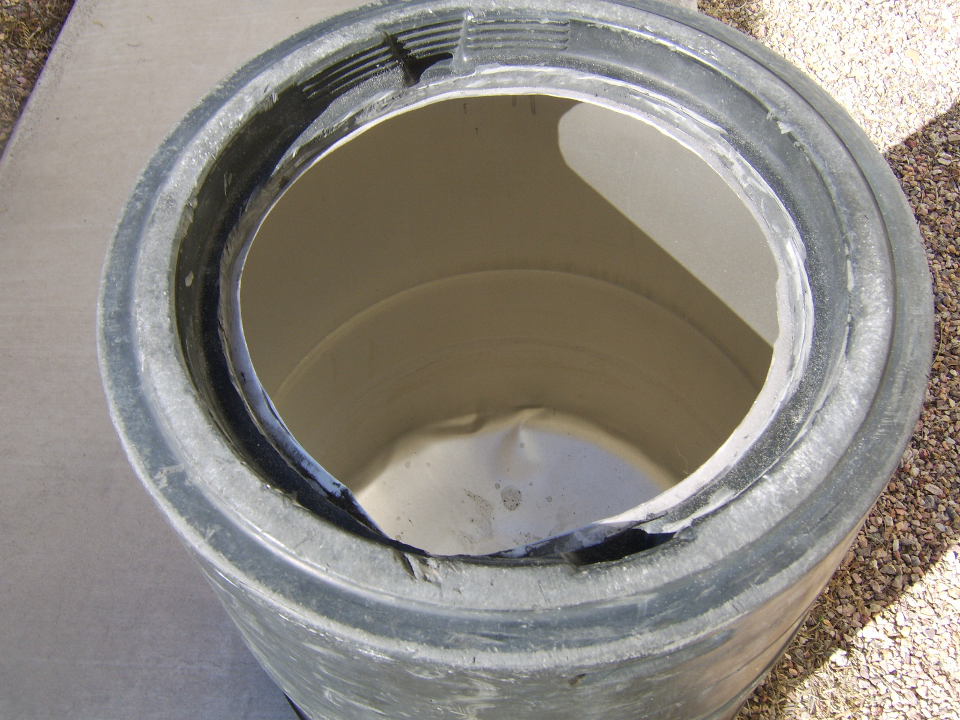
Yeah had a little "Whoopsie" with the sawsall, but not bad for first time try, freehand.
Next step is to order a false bottom, 2" Tri-clover, some pipe and a ball valve and try out my new mash tun. :rockin:

Turned it upside-down, and went at it with a combination of angle grinder, sawsall, and dremel tool:

Yeah had a little "Whoopsie" with the sawsall, but not bad for first time try, freehand.

Next step is to order a false bottom, 2" Tri-clover, some pipe and a ball valve and try out my new mash tun. :rockin:


